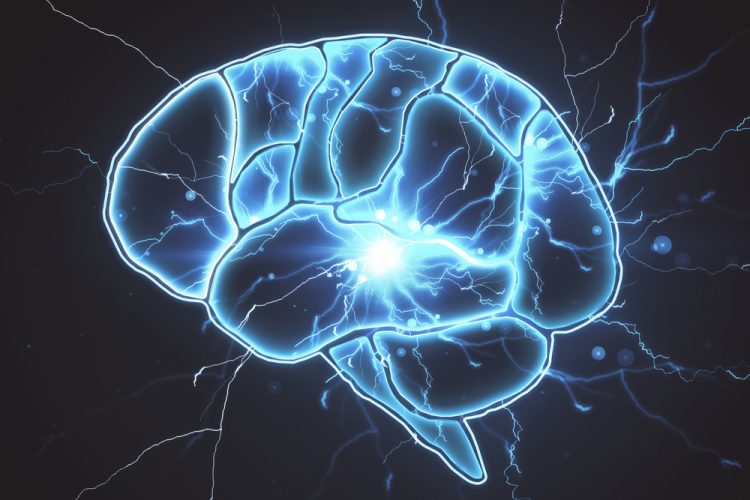How can we develop more effective antidepressants?
Posted: 4 May 2020 | Victoria Rees (European Pharmaceutical Review) | No comments yet
Sergio Traversa, PharmD, from Relmada Therapeutics explains why NMDA antagonists may provide an answer for patients who do not respond to current antidepressant therapies.


“REL-1017 (dextromethadone), if approved could change the way depression is treated – with a different mechanism of action, potential advances in onset of action, efficacy and safety,” said Sergio Traversa, Chief Executive Officer of Relmada Therapeutics.
When speaking with European Pharmaceutical Review’s Victoria Rees, Traversa explained how a new kind of antidepressant could provide depressed patients with an alternative to current therapies.
Current antidepressant therapies
Traversa explained that at present, there are approximately 30 drugs approved for the treatment of depression. With the exception of Johnson & Johnson’s (J&J) Spravato (esketamine) and a few antipsychotics used as adjunctive treatments, there have been few recent mechanistic advances in the field. Most currently approved products target well known neurotransmitter or enzyme pathways, such as serotonin, norepinephrine and monoamine oxidase.


Many antidepressants inhibit the re-uptake of serotonin or serotonin and norepinephrine. Traversa said that approximately one in three patients responds well to these selective serotonin reuptake inhibitors (SSRIs) and serotonin and norepinephrine reuptake inhibitors (SNRIs). Another one in three patients responds only slightly to traditional SSRI and SNRI antidepressants. The last third of patients do not respond to this kind of treatment at all.
“There is a major unmet need; that is to find a class of drug that works very differently from the existing antidepressants and can effectively and with a rapid onset, treat patients who do not respond well or at all to current treatment,” said Traversa.
REL-1017 showed over 50 percent response rate in patients that failed at least one previous treatment”
A major concern that Traversa highlighted is that the efficacy of the currently available oral drugs is delayed for three or six weeks from the start of treatment. This is a great challenge, he said, due to the nature of the condition. Informing patients that they have to wait approximately one month before their depression is alleviated is demanding.
Therefore, a swift onset of action is critical in developing the next generation of antidepressant therapies.
REL-1017 (dextromethadone)
Traversa commented that the compound REL-1017, which recently completed its Phase II clinical trial, could offer a new treatment paradigm for patients with depression.
As an N-methyl-D-aspartate (NMDA) antagonist, he explained that the new compound works in similar way to Spravato, giving researchers hope that it will be effective and gain regulatory approval but with a more benign safety, tolerability and administration profile.
“This class of drug definitely addresses the two major unmet needs,” said Traversa. In the completed Phase II clinical trial, he said, “REL-1017 showed over 50 percent response rate in patients that failed at least one previous treatment in the current depression episode and its efficacy was statistically significant and clinically meaningful after four days of treatment.”


Mechanism of action
The NMDA receptor is located in the spine, central nervous system (CNS), brain and other areas of the body, such as the heart and skin.
It has a critical function in many diseases including depression but is also required for the normal working of the body, therefore making it a challenging drug target as it cannot be completely shut off without incurring severe unwanted side effects.
…a swift onset of action is critical in developing the next generation of antidepressant therapies”
Traversa explained that when the NMDA receptor is over-stimulated, too much calcium can enter the cell. This then becomes toxic, resulting in dysfunctional nerve activity, which is typical of many diseases such as Alzheimer’s and depression.
Dextromethadone is a low affinity blocker of the NMDA receptor, reducing the inflow of calcium into the cell, which then results in a more proper cell metabolism and functioning and ultimately in a fast improvement of the disease symptomatology.
The future of antidepressants
Traversa said that if approved, dextromethadone could “change the way depression is treated.” However, the next step is to move on to Phase III trials.
In more general terms, Traversa said that there are two or three drugs in development that could potentially disrupt the antidepressant market, including dextromethadone. Currently, this is being developed as an adjunctive therapy when at least one existing treatment fails in a patient.
Traversa emphasised that the antidepressant market is quite large and there is so much unmet need that there is ample room for new products.
Related topics
Clinical Development, Clinical Trials, Drug Development, Drug Targets, Formulation, Research & Development (R&D), Therapeutics









